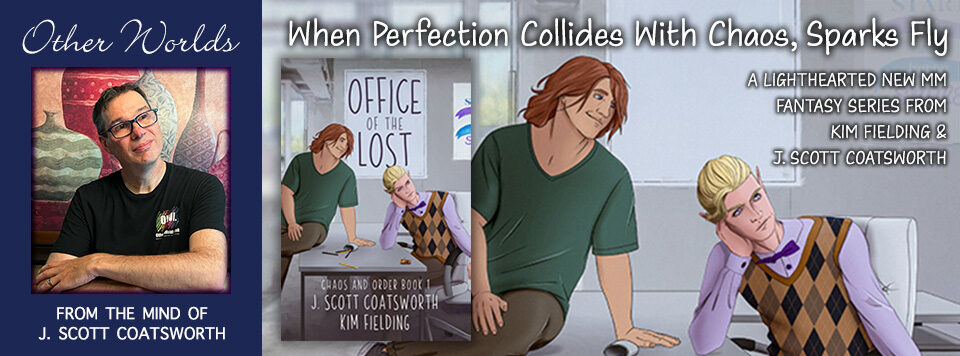
I recently had a fascinating talk with a relatively new author in our local writer’s group. We all have a bi-monthly lunch together, which gives us time for casual chats about the practice and business of writing.
I mentioned that I was an additive writer – that is, that my stories tend to get longer in later drafts, especially in the second, as I smooth out the work and layer in more details about the characters and the world around them. I liken it to an artist who starts with a pencil sketch on canvas, adds the base colors, and then fills in all the details.
She was shocked. Everyone she had been listening to for writerly advice had told her how important it was to slash your work in the second draft, and she was having a hell of a time cutting out what she thought must be “fat,” by definition.
Which brings me to today’s topic.
There are two diametrically opposed schools of thought about second drafts.
The first one states that everything benefits from a bit of editing – ie: cutting down. As Coco Chanel famously said of fashion “Before you leave the house, look in the mirror and take one thing off.” The idea is that slimmer is better, moves faster, and won’t bog down the reader. I call this “subtractive writing.”
Then there’s the second one, which goes roughly like this: you can’t possibly know all the things about your world, your scenes, and your story as you are writing your first draft. You have to go back later and add some of these things in, and doing so provides for better world-building and a richer reader experience. I call this “additive writing.”
My new writer friend was shocked. She had been trying to cut her story down to size, following the subtractive model, never once considering there might be another option that could work better for her.
So which method is “right”?
They both are. Let me explain.
It varies by writer… some folks work best under the subtractive model, which lets them really hone their message, especially if they tend to be verbose in the first place. And to be honest, many stories could benefit from a little judicious cutting here and there.
Others flourish under the additive model, which takes some of the “perfection” pressure off your first draft. Why spend tons of time perfecting each scene as you write it, when you know you will be coming back to polish it up later?
The “right” answer can vary by project, too. There are times when it’s necessary for me to switch to subtractive mode, simply because I have a word limit imposed by the market, or a particular publisher, and my story has run long. On the flip side, sometimes we cut too much, and it’s necessary to go back in and flesh things out a bit.
It comes down to this. Figure out what works best for you. Don’t be afraid to try it both ways, and keep an open mind about it. You might just need to flip the script for some future project!
To my writer friends, which are you, generally speaking, and why does it work best for you?
